The liver is one of the most important organs in our body.
It plays a central role in metabolism, detoxification and digestion.
The liver is one of the most important organs in our body. It plays a central role in metabolism, detoxification, and digestion. However, modern lifestyles—characterized by stress, unhealthy diets, environmental pollution, and occasional alcohol consumption—can place a heavy burden on our liver. In such moments, liver tea, an old home remedy, is regaining its importance. This tea combines the power of European medicinal plants and bitter substances to strengthen, regenerate, and support the liver's detoxification process.
Why strengthening the liver is so important
The liver functions like our body's filtering system. It breaks down toxins, stores nutrients, and produces bile, which is essential for digesting fats. A weakened liver can no longer perform these functions optimally, which can manifest itself in fatigue, digestive problems, skin blemishes, or a weakened immune system.
Liver support is particularly important during detoxification processes, such as during a fast or after a prolonged period of unhealthy eating. Traditional medicinal plants, such as those found in liver teas, have proven effective for centuries.
The plants in liver tea and their effects
The blend of milk thistle seeds, dandelion leaves, chamomile flowers, yarrow herb, peppermint leaves, and wormwood makes this liver tea a valuable companion for liver problems, digestive discomfort, or during a detoxification process. Each of these plants contributes to liver health in a special way:
Overview of medicinal plants in liver tea
| plant | Effect | Studies/Sources |
|---|---|---|
| Milk thistle seeds | Protects and regenerates liver cells | Flora et al., 2013 |
| Dandelion leaves | Promotes bile production, supports digestion | Choi et al., 2010 |
| Chamomile flowers | Anti-inflammatory, soothes the gastrointestinal tract | Srivastava et al., 2011 |
| Yarrow herb | Strengthens bile production, relieves cramps | Folk medicine reports |
| Peppermint leaves | Promotes digestion, reduces flatulence | Liu et al., 2013 |
| Wormwood | Stimulates bile and stomach acid production | Bent et al., 2004 |
This combination of plants works synergistically: it stimulates acid production, promotes liver cell regeneration and strengthens bile activity, thereby supporting the entire digestive tract.

Tradition and history:
Liver tea as a companion in various life situations
-
During detoxification : Liver tea helps to break down toxins more quickly and stimulates the liver's detoxification process.
-
For digestive problems : The bitter substances contained promote bile activity and thus fat digestion.
-
In intestinal cleansing : A functioning liver is essential for building a healthy intestinal flora.
-
For general support : Regular consumption can help keep the liver healthy and prevent overload.

Tradition and history: medicinal plants from the Alps
The power of herbs has been known for centuries. In the mountainous regions of Europe, women were once tasked with gathering and drying the right plants to make medicinal teas. They painstakingly gathered herbs such as dandelion, yarrow, and wormwood from the meadows and slopes of the Alps. These plants are perfectly adapted to the European climate and therefore particularly effective for people living in Europe.
In the past, women carried large baskets to bring the herbs home, where they were carefully bundled and dried in airy places. This knowledge was passed down from generation to generation. Even today, many of these herbs are grown on small European organic farms, where careful harvesting and drying are practiced.
Why bitter substances are so important
Bitter substances have a variety of positive effects on our bodies. They primarily affect the digestive system and liver. Their taste stimulates the taste buds on the tongue, triggering a cascade of physiological reactions. Here are some of the key effects of bitter substances:
-
Promotes digestion
Bitter substances stimulate the production of stomach acid, bile, and digestive enzymes. This improves nutrient absorption and fat digestion. -
Detoxification and liver support
They promote bile secretion, which relieves the liver and supports the body's detoxification. A well-functioning bile system helps efficiently digest fat and excrete metabolic waste. -
Support in deacidification
Bitter substances help to balance the acid-base balance by strengthening the digestive organs and promoting the excretion of excess acids. -
Regulating appetite
They counteract cravings, especially for sugar and fat, as they induce a feeling of satiety more quickly and stabilize blood sugar levels. -
Strengthening the immune system
By stimulating the intestines – the seat of a large part of our immune system – bitter substances support the body’s own defenses.

Why bitter substances are missing in the modern diet
The food industry has significantly reduced the bitter taste in recent decades in order to make products sweeter and more accessible to the masses. As a result, these important substances are missing from our daily diet. Traditional foods such as chicory, endive, dandelion, and bitter herbs are rarely consumed anymore.
The correct use of bitter substances
-
Combination in teas
Herbal teas like our liver tea are a mild and easy way to regularly consume bitter substances. -
In nutrition
Foods rich in bitter substances such as chicory, arugula, grapefruit, artichokes or dandelion leaves can be regularly integrated into the diet. -
Bitter drops and extracts
Highly concentrated bitter drops can be taken before or after meals to support digestion.
Caution: Bitter substances can also be toxic
Not all bitter substances are healthy. Some plants contain bitter substances that can be harmful or even toxic in excessive concentrations. Therefore, it's important to obtain bitter substances from tested and safe sources, such as certified organic herbal blends.
Bitter substances and liver health
Bitters play a key role in our liver tea recipe. They not only support liver function but also aid in liver cell regeneration and detoxification. At the same time, they strengthen digestion and promote general well-being. Especially during times when the liver is under great strain—whether due to stress, an unhealthy diet, or alcohol—bitters in the form of liver tea can be a natural companion.
Bitter substances – the forgotten heroes of nutrition
Bitter substances are not only a valuable component of liver tea, but also an essential building block for our health. Their positive effects on digestion, the liver, and metabolism make them indispensable. By incorporating bitter-rich herbs and foods, we can strengthen our health and regain some of our traditional diet.
Organic quality – a matter of course
A high-quality liver tea should be made from organically grown plants. This ensures that the herbs are free from pesticides and chemical residues and can develop their full healing properties. Gentle drying ensures that the essential oils and bitter compounds, which are so beneficial for the liver, are preserved.
Conclusion: Liver tea as a natural companion
At a time when our livers are often overwhelmed, liver tea offers a gentle and effective way to promote well-being. The combination of traditional medicinal plants and modern research shows that natural remedies still have great significance today. Whether as part of a detox regimen, for digestive problems, or for general strengthening – liver tea is a natural weapon for liver health.
Sources and studies
-
Flora, K., Hahn, M., Rosen, H., & Benner, K. (2013). "Milk Thistle (Silybum marianum) for the Therapy of Liver Disease."
-
Choi, UK, Lee, OH, & Yim, JH (2010). "Hypolipidemic and Antioxidant Effects of Dandelion."
-
Srivastava, JK, Shankar, E., & Gupta, S. (2011). "Chamomile: A Herbal Medicine of the Past with Bright Future."
-
Liu, J., et al. (2013). "The Clinical Efficacy of Peppermint Oil for Digestive Disorders."
-
Bent, S., et al. (2004). "The Effect of Wormwood on Gallbladder Function."
This blend of tradition, modern science and organic quality makes liver tea a true treasure for health.



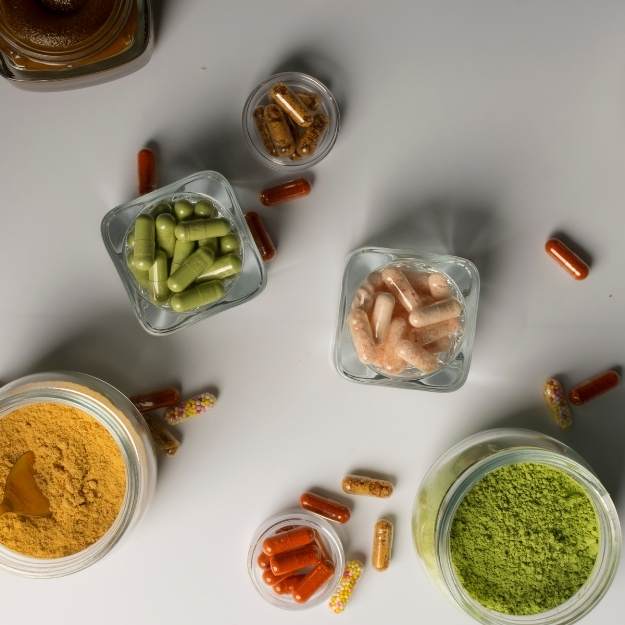
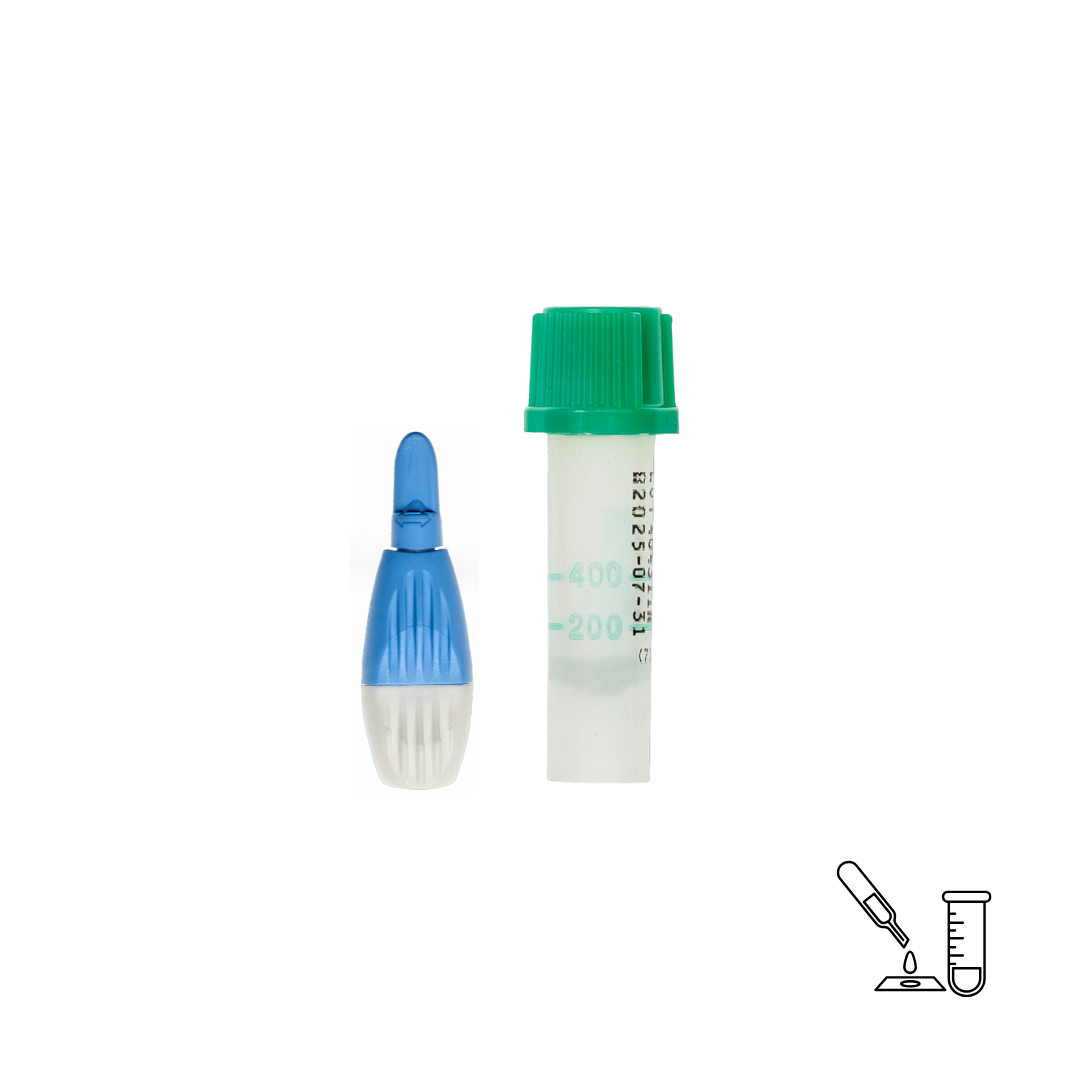

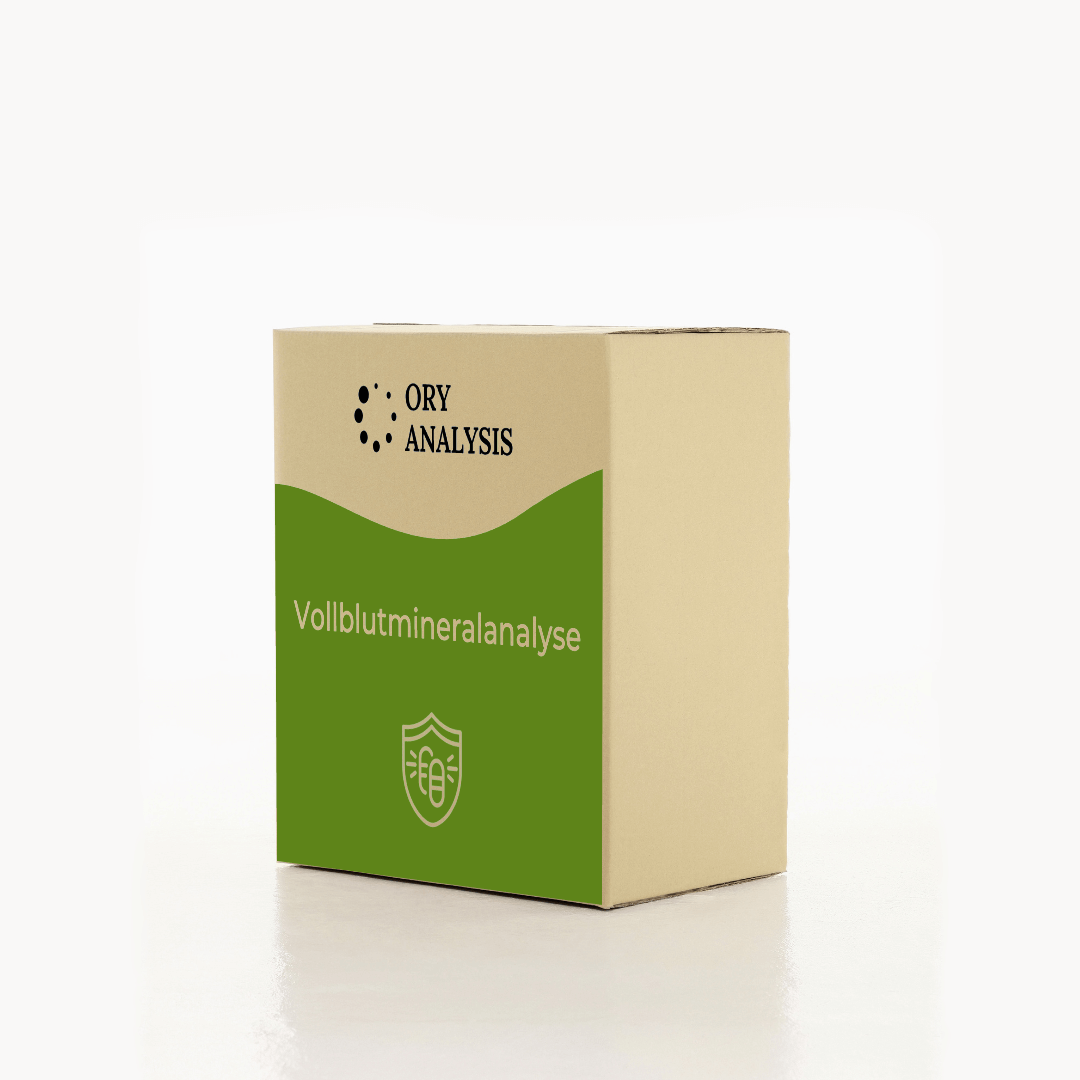

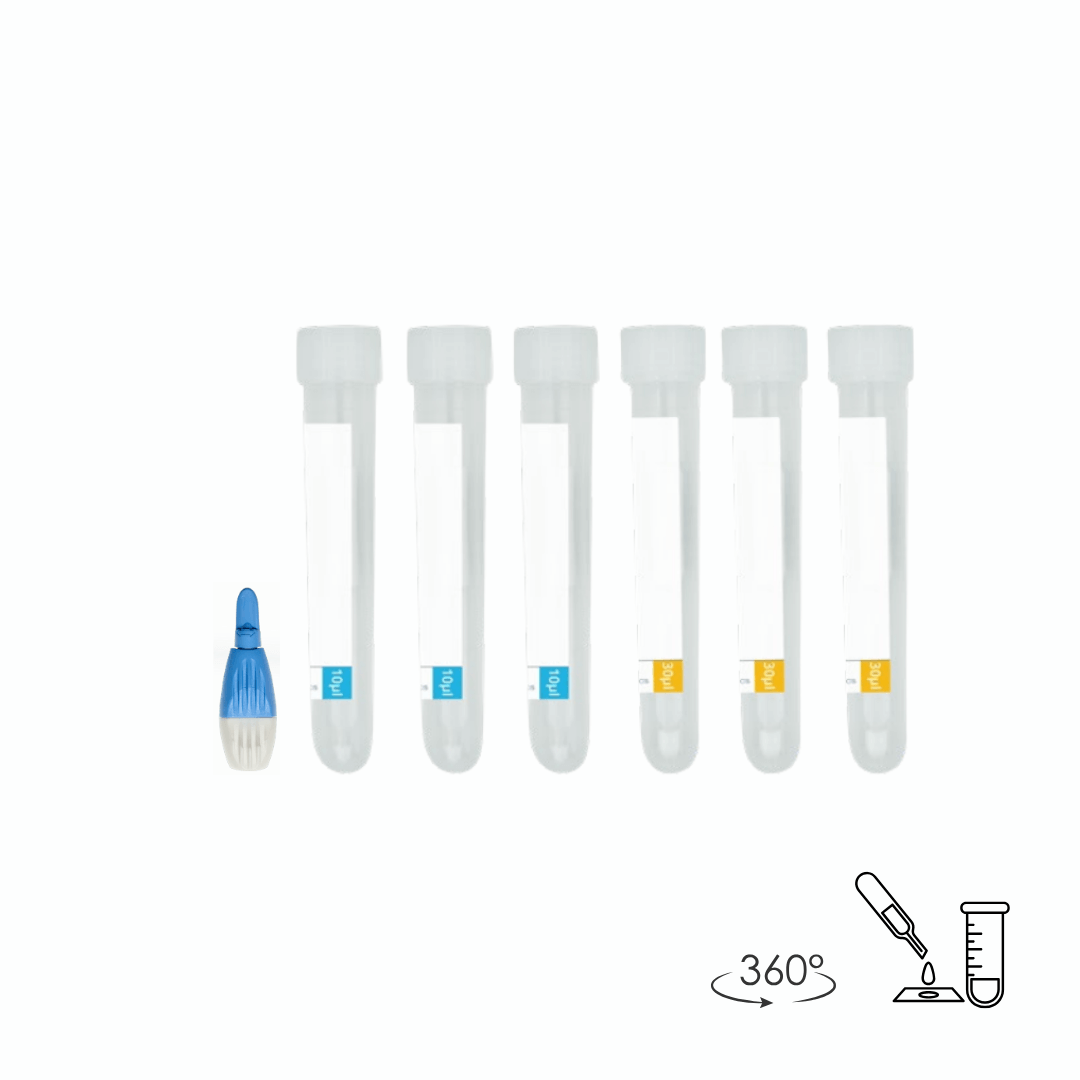



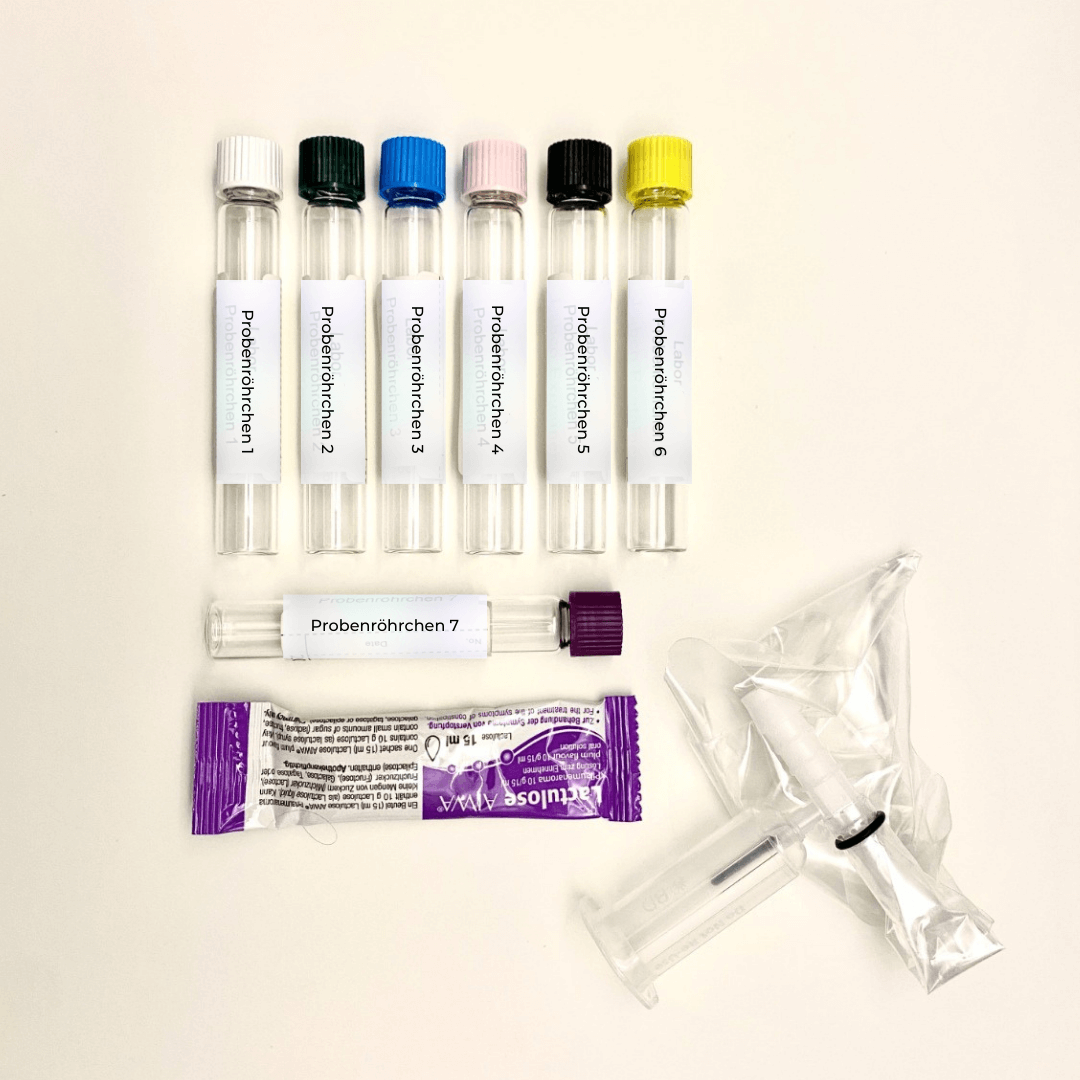

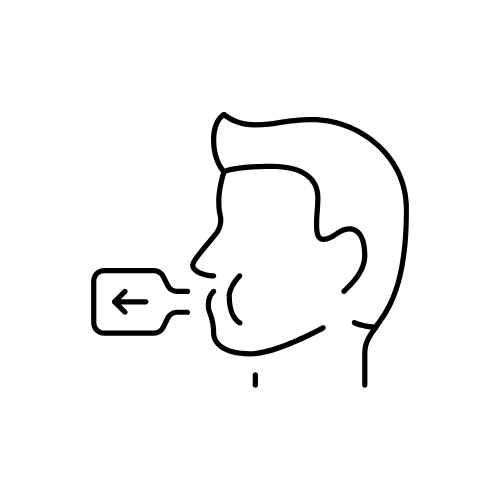
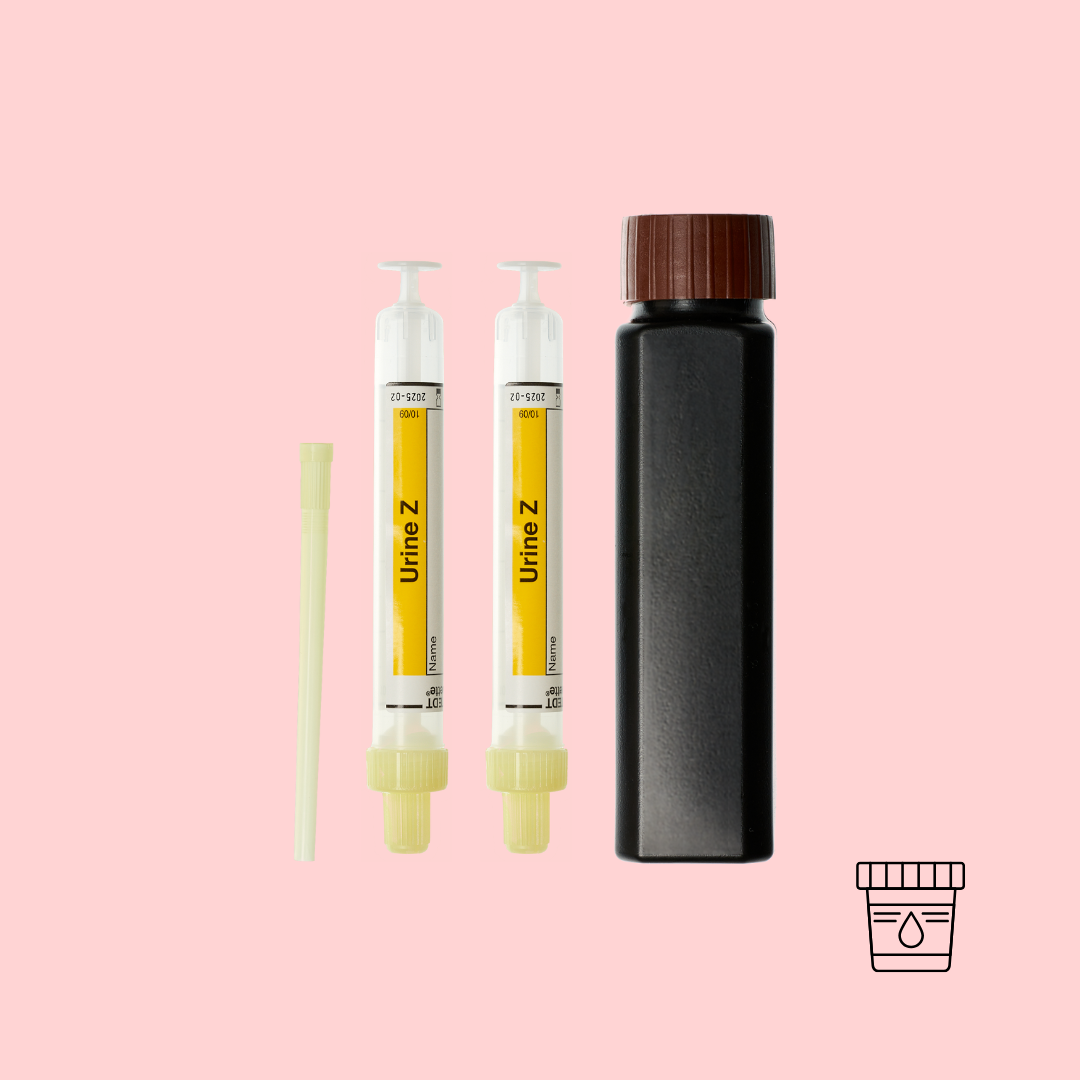
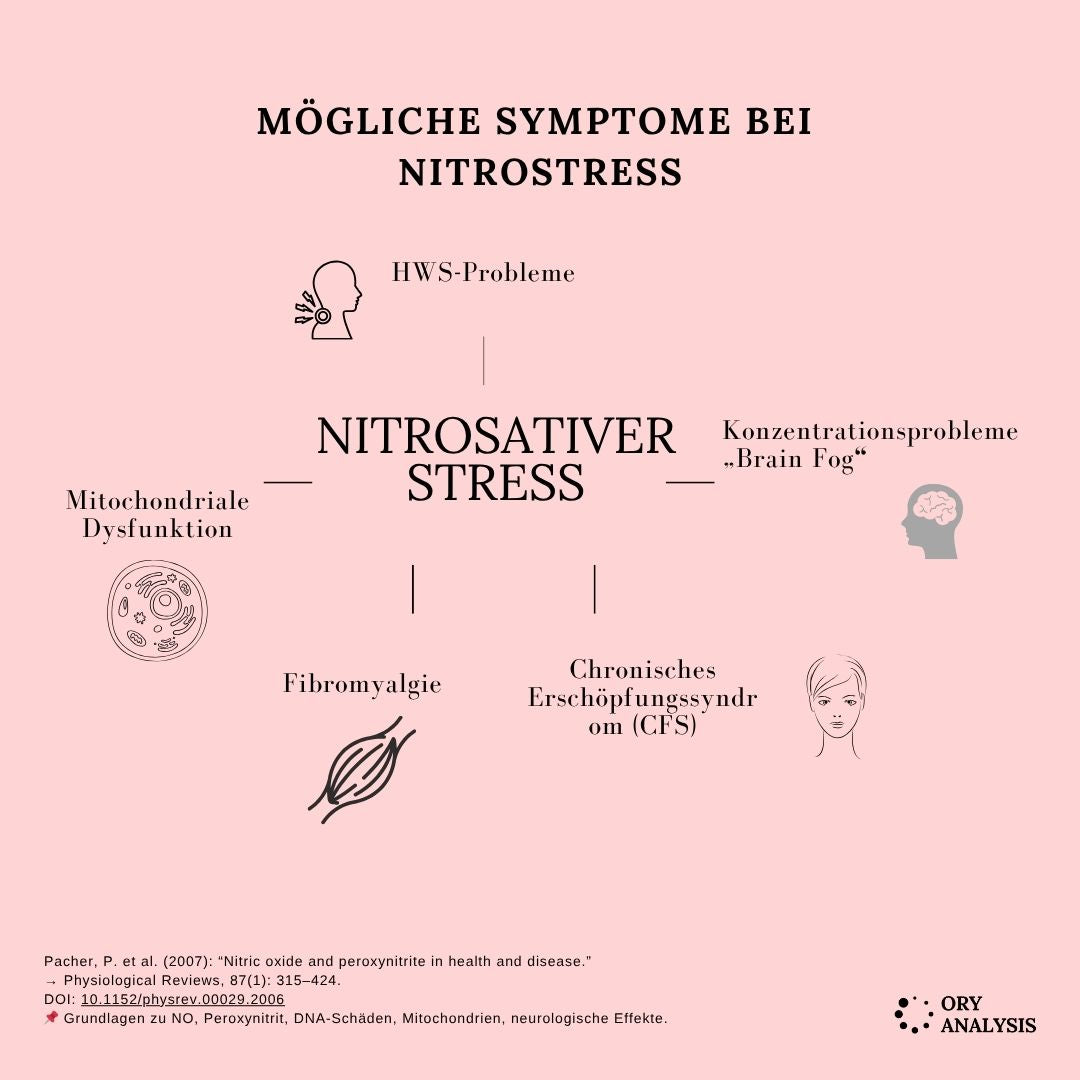

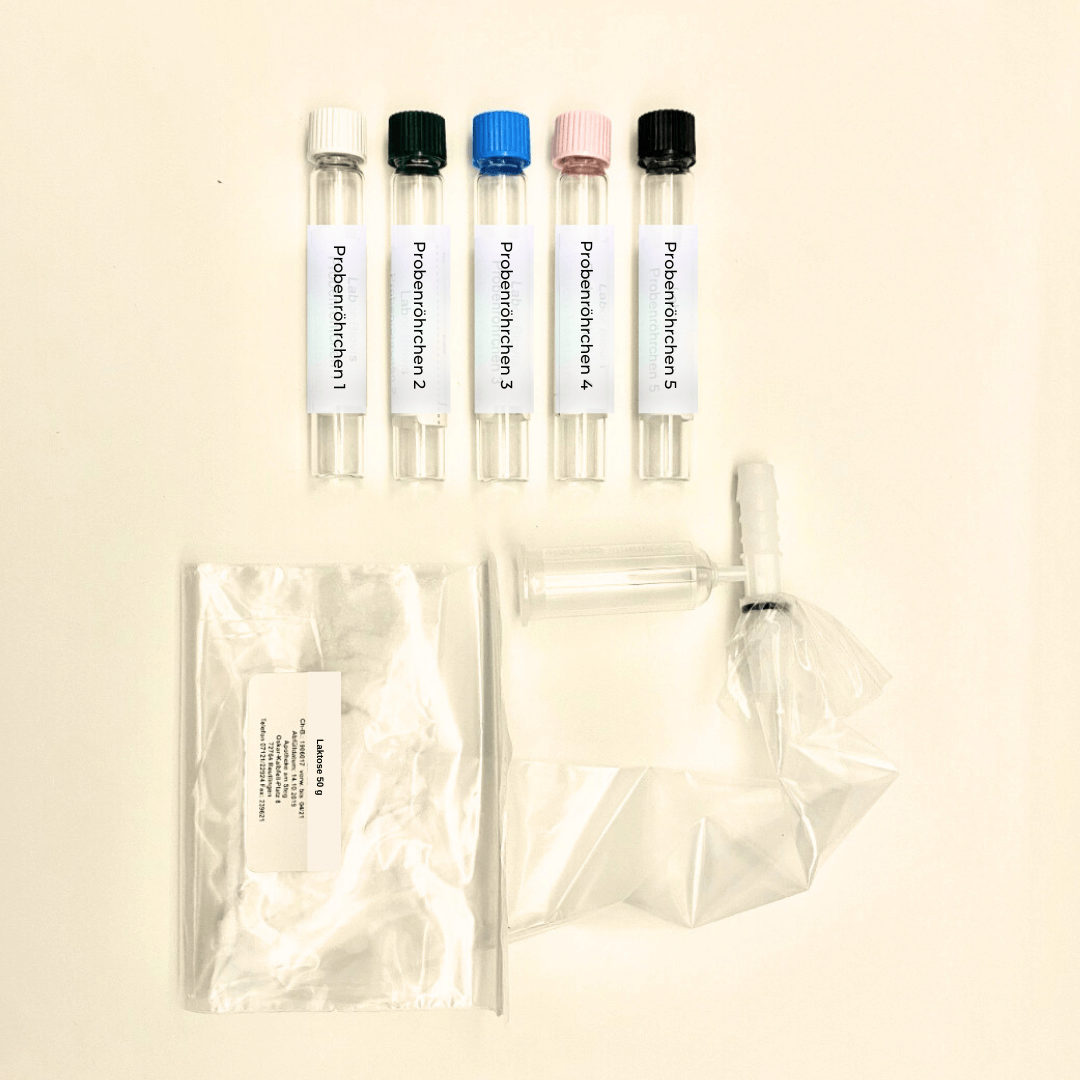




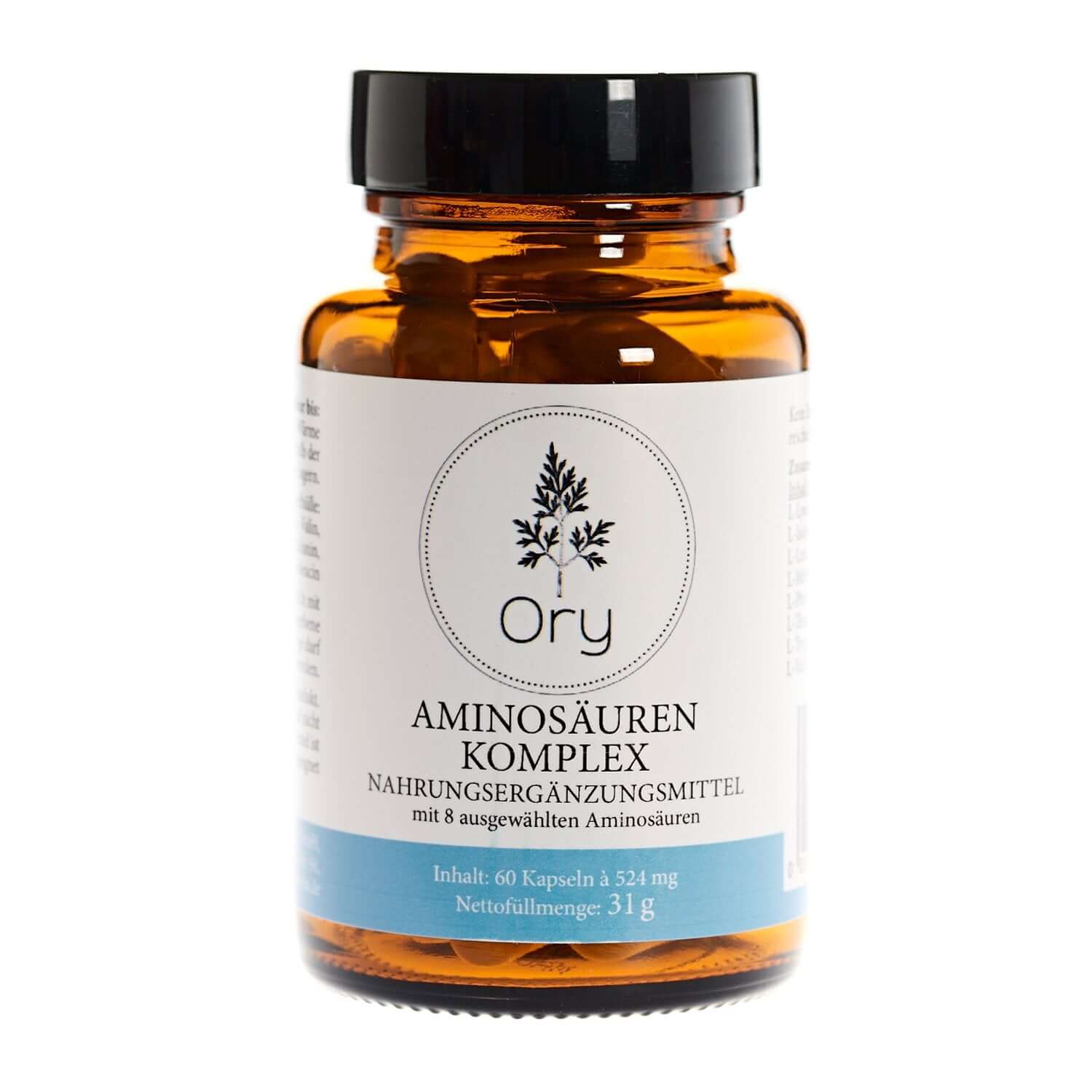
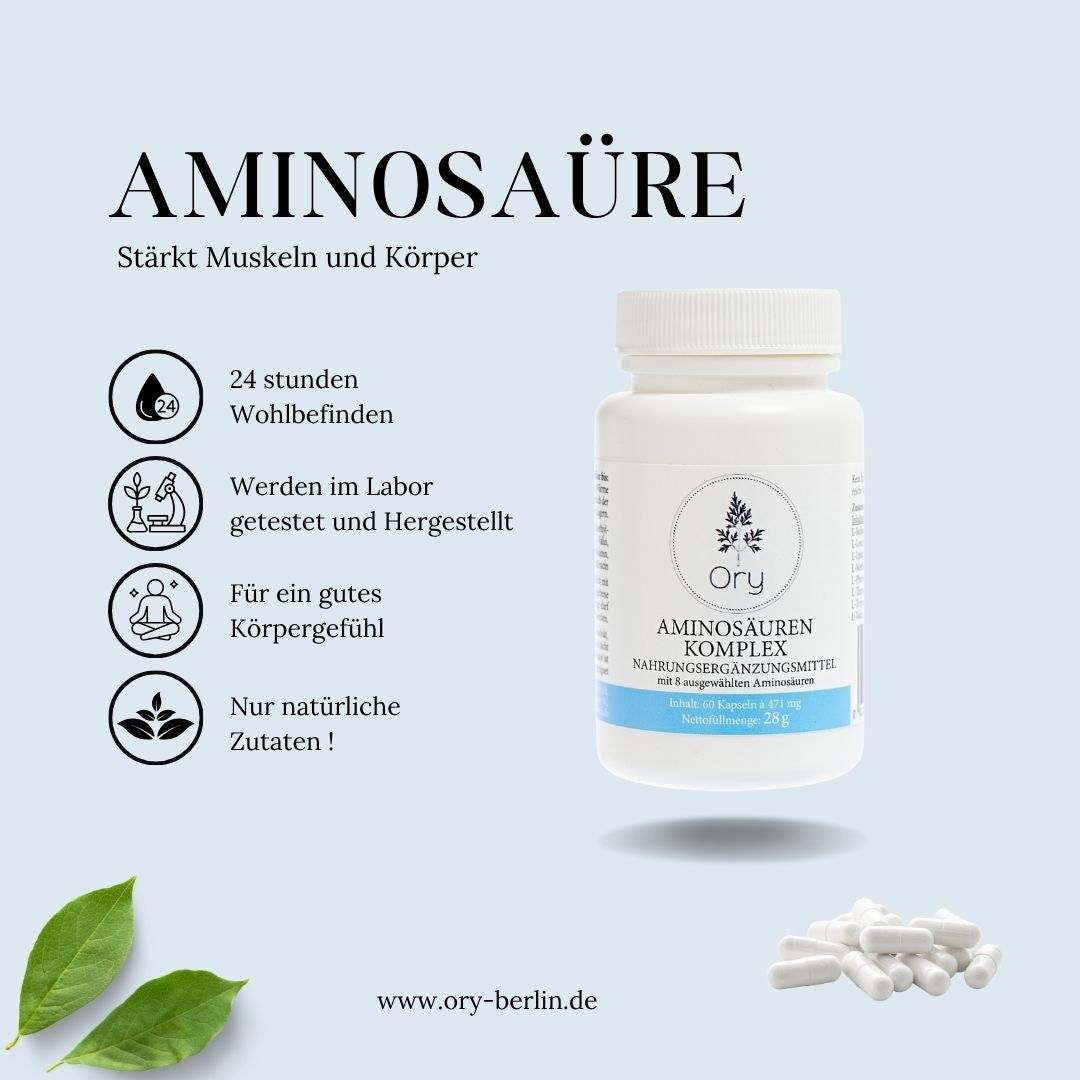
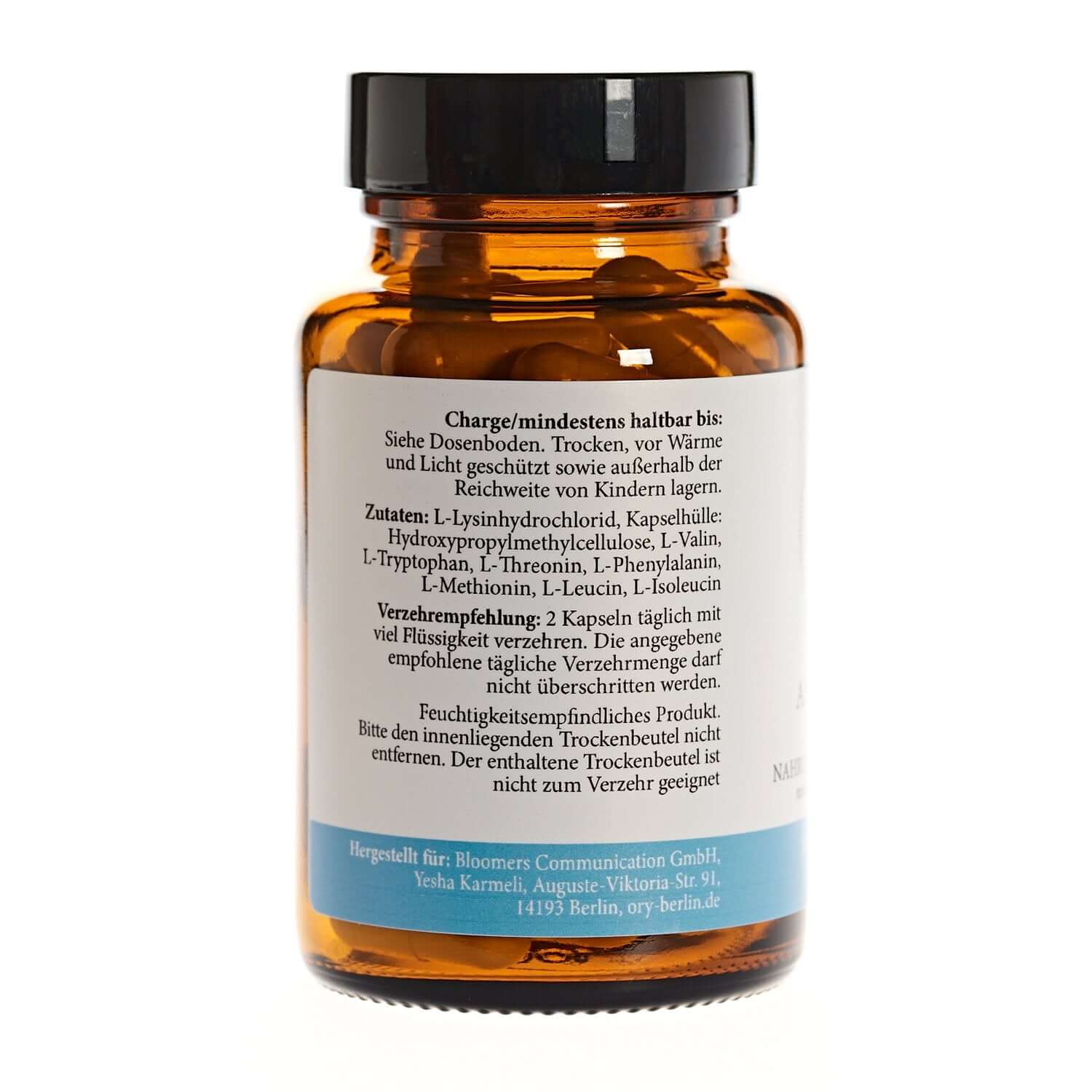
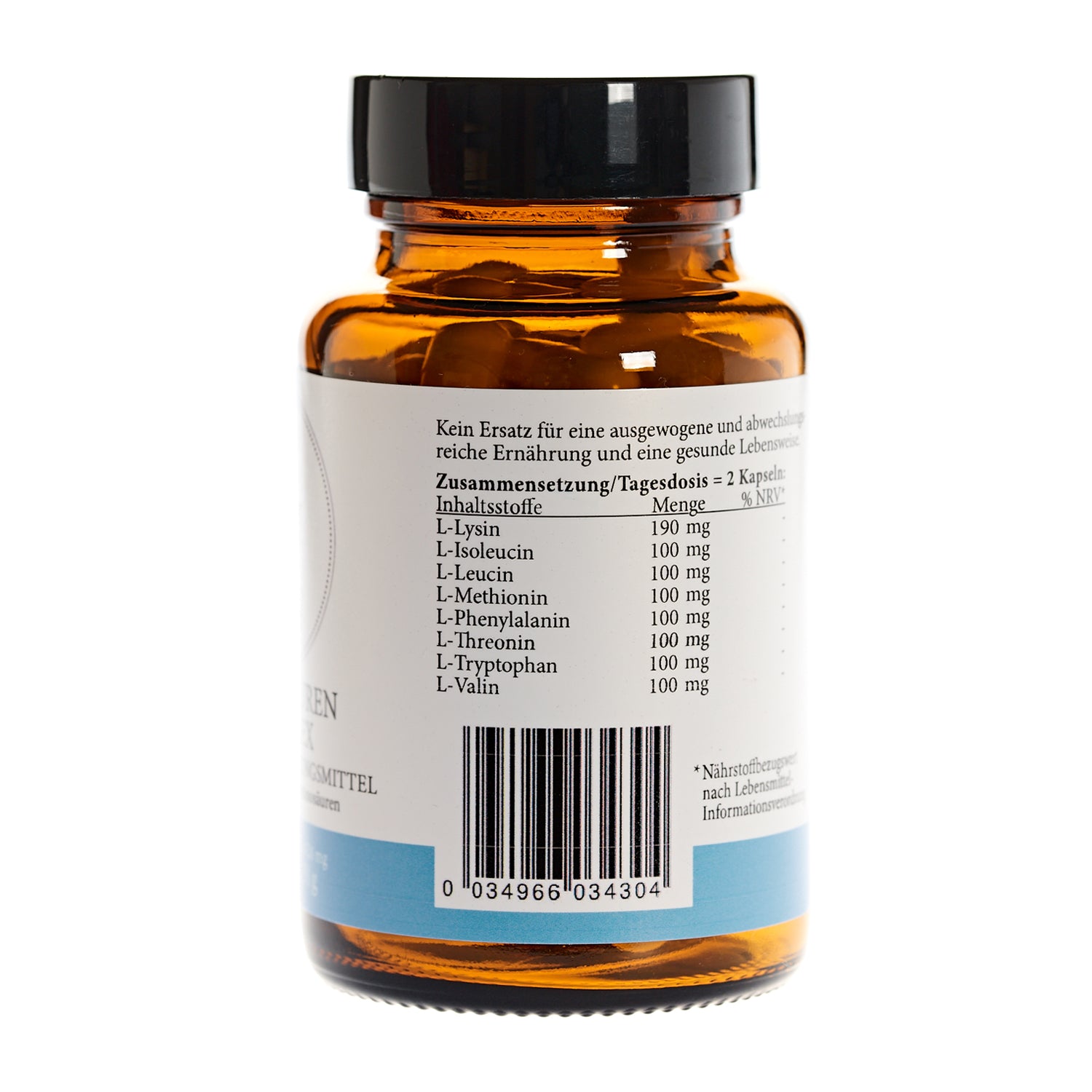
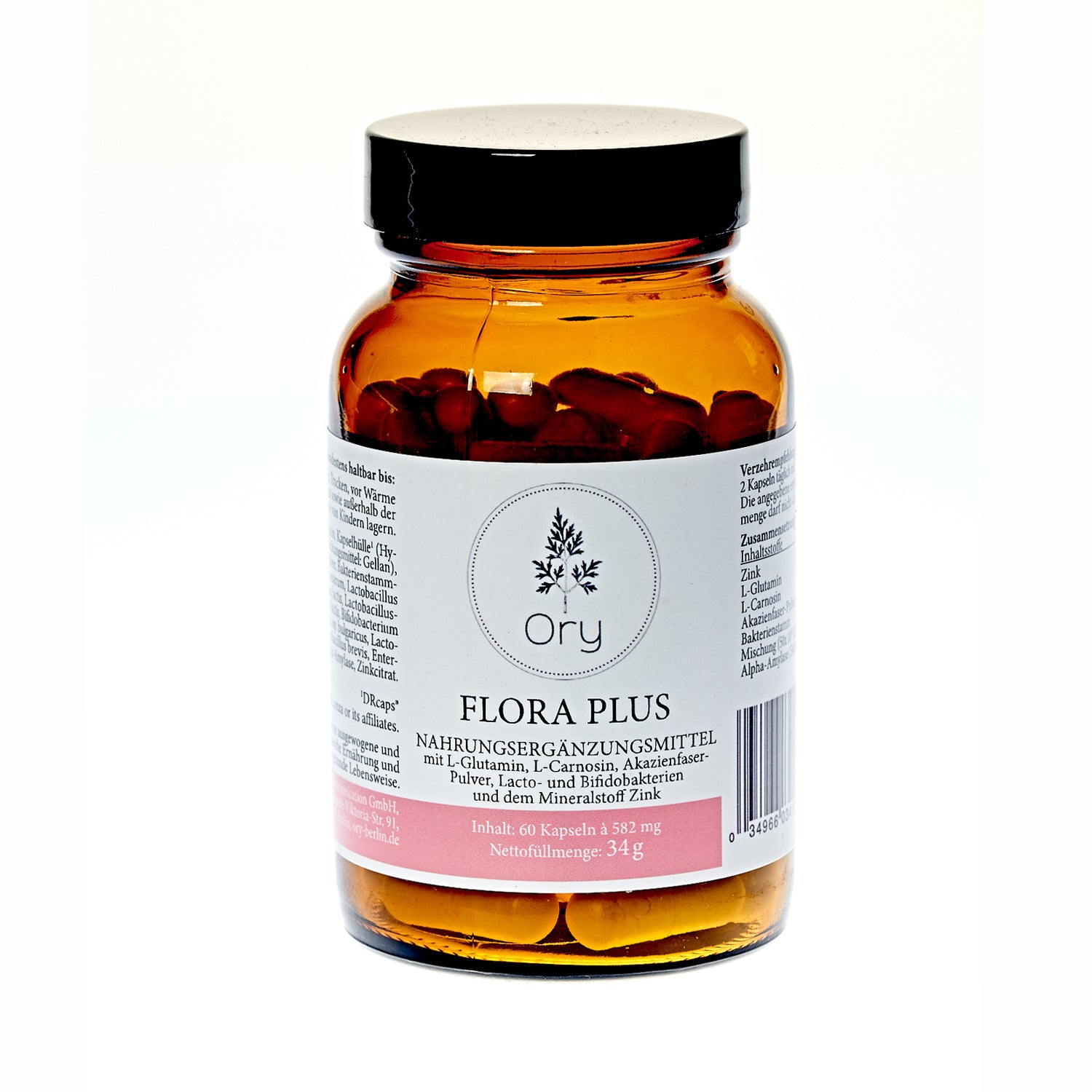
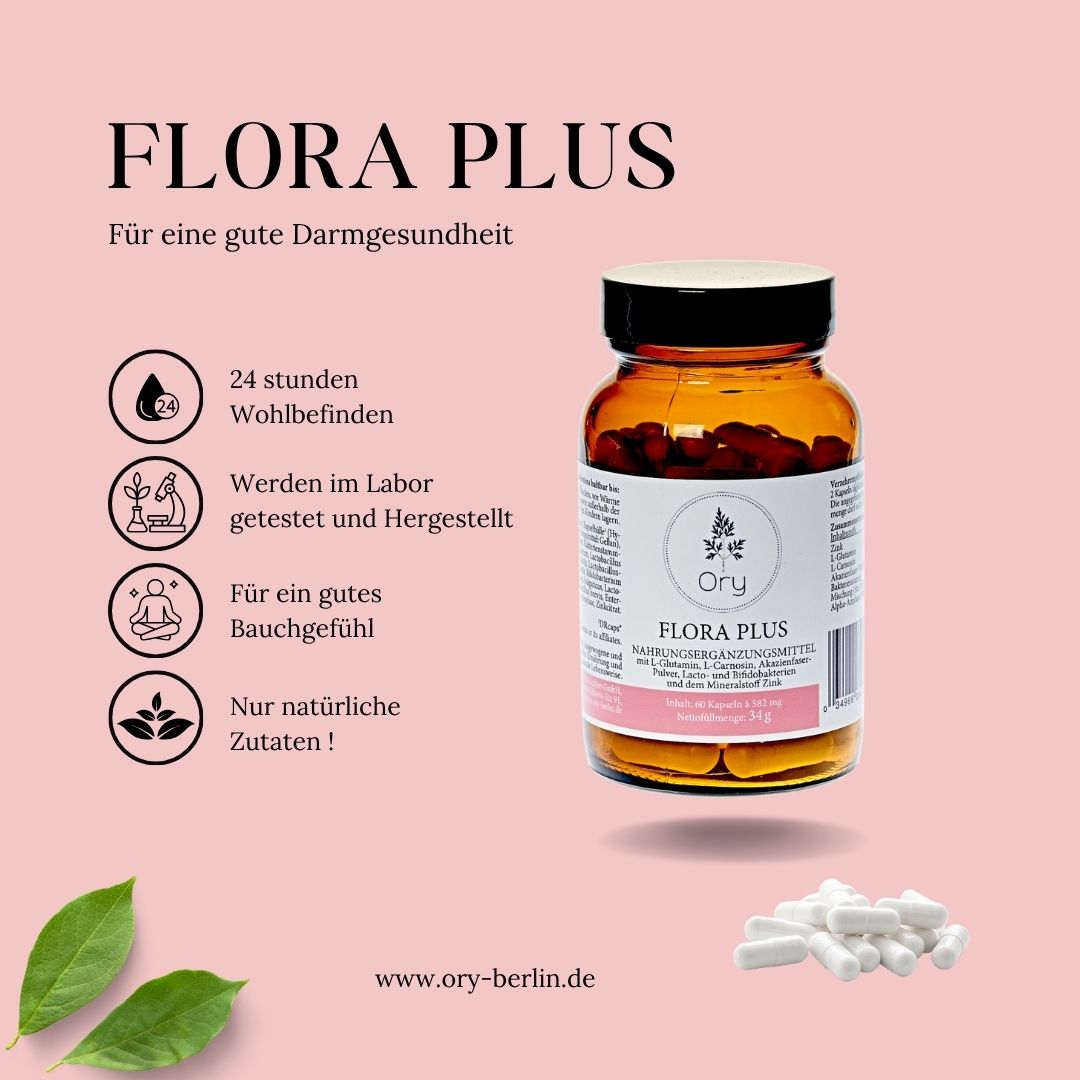
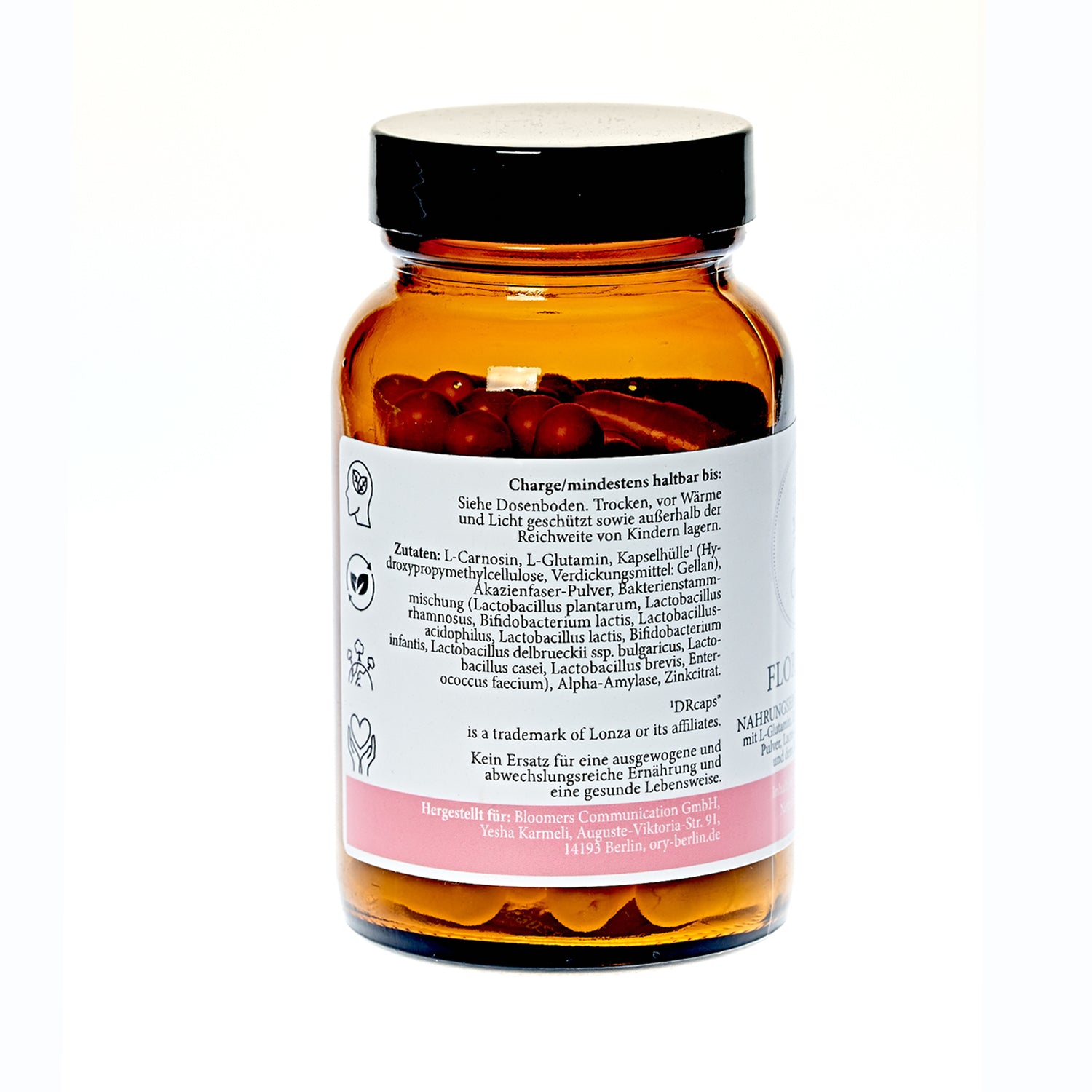
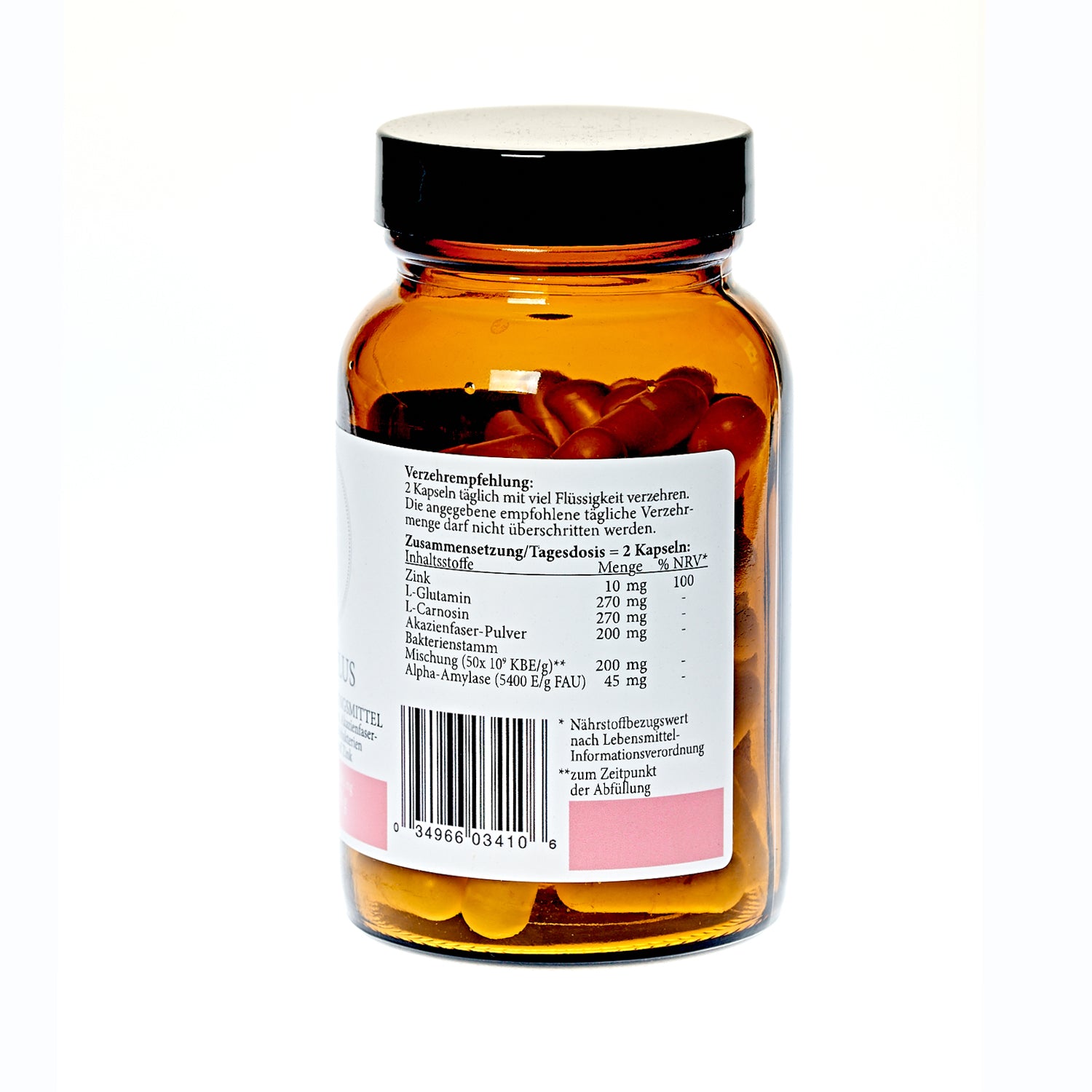

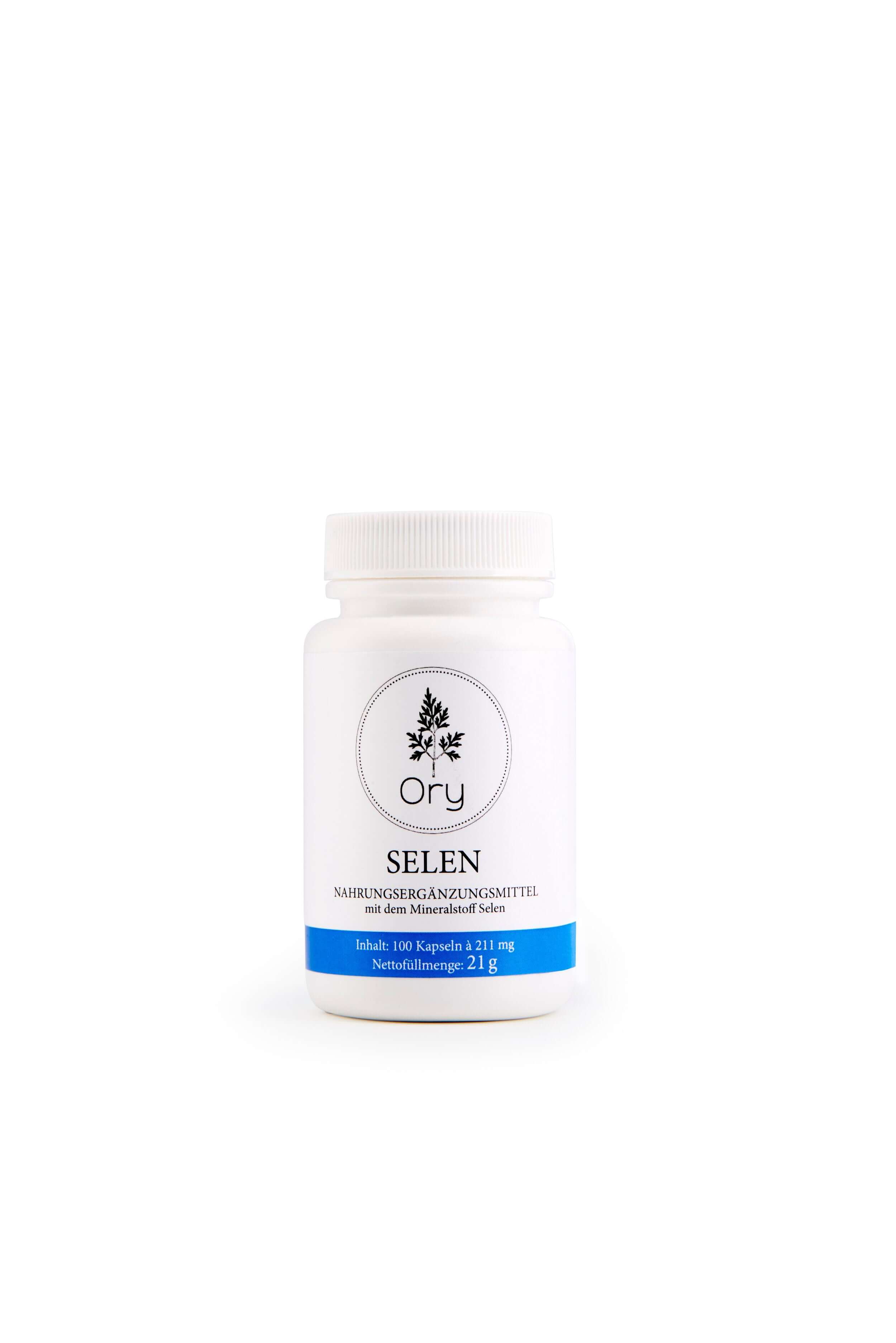
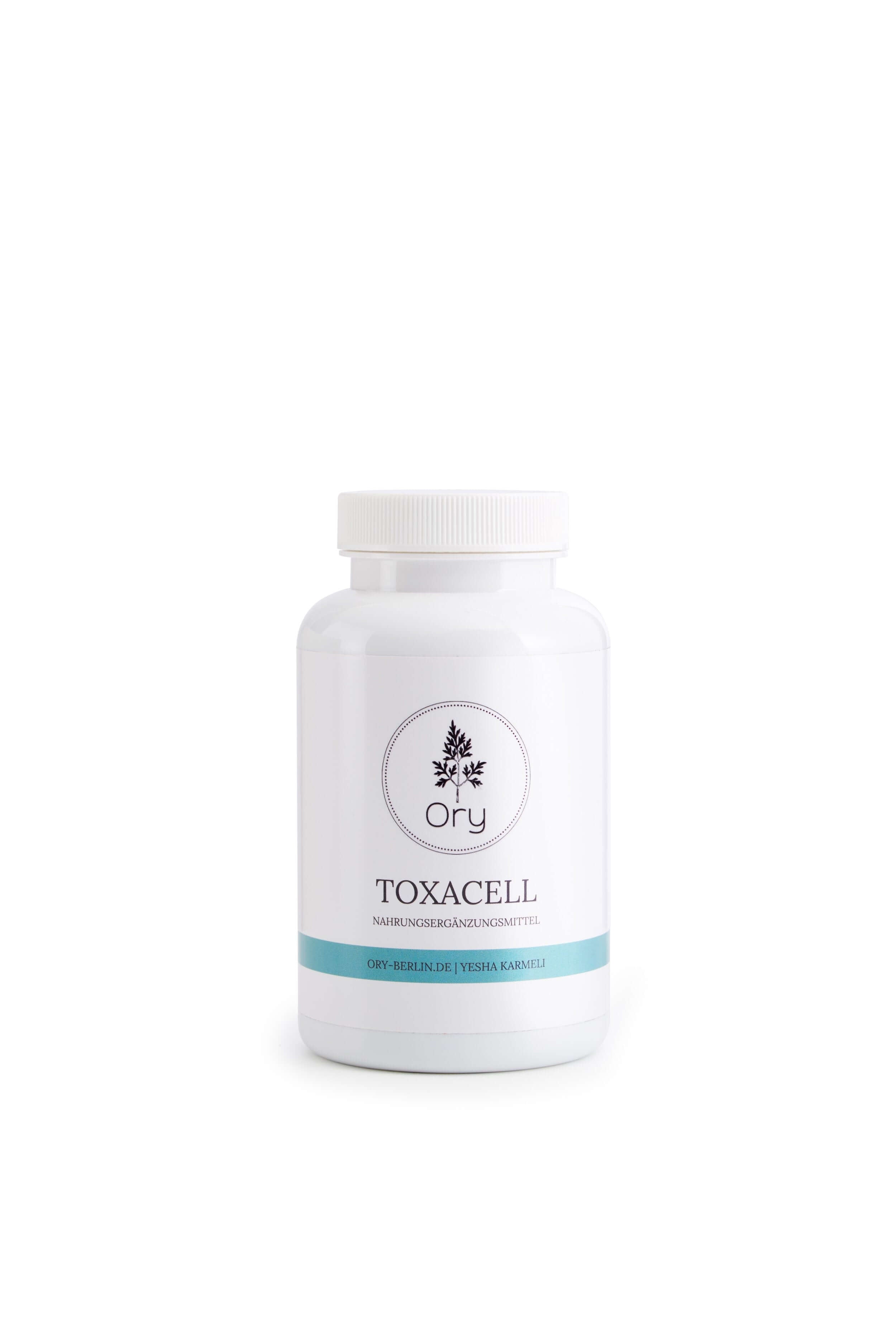
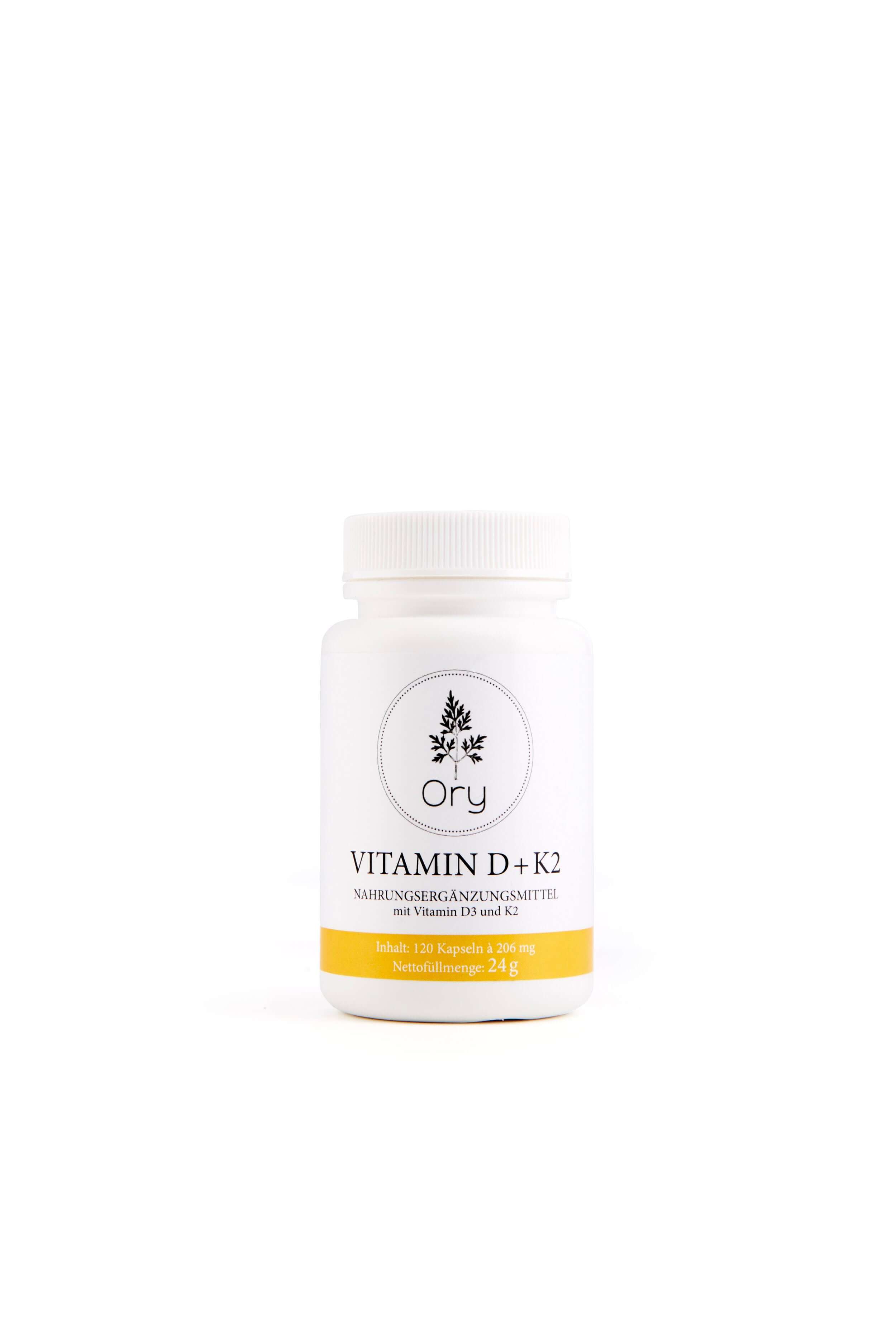

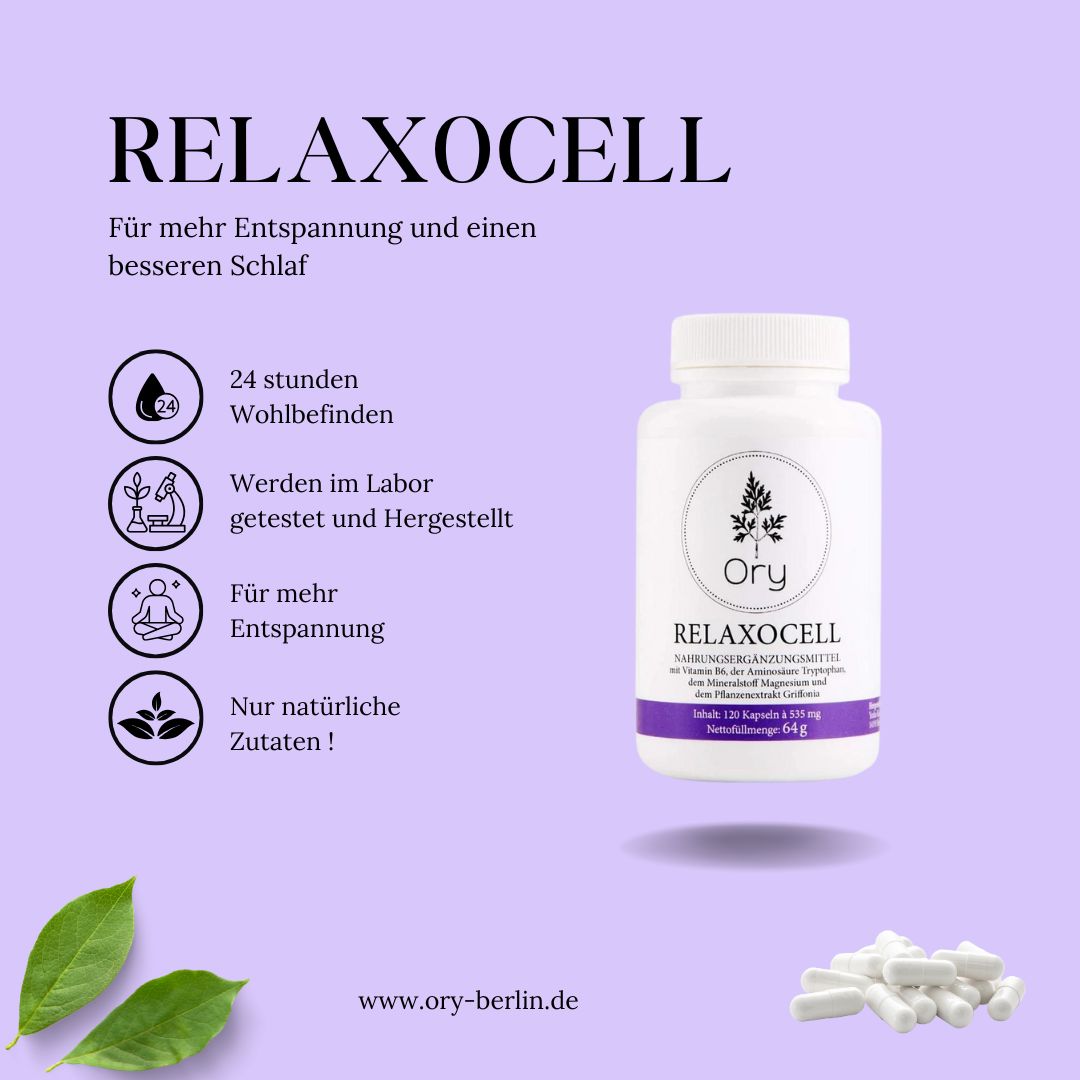
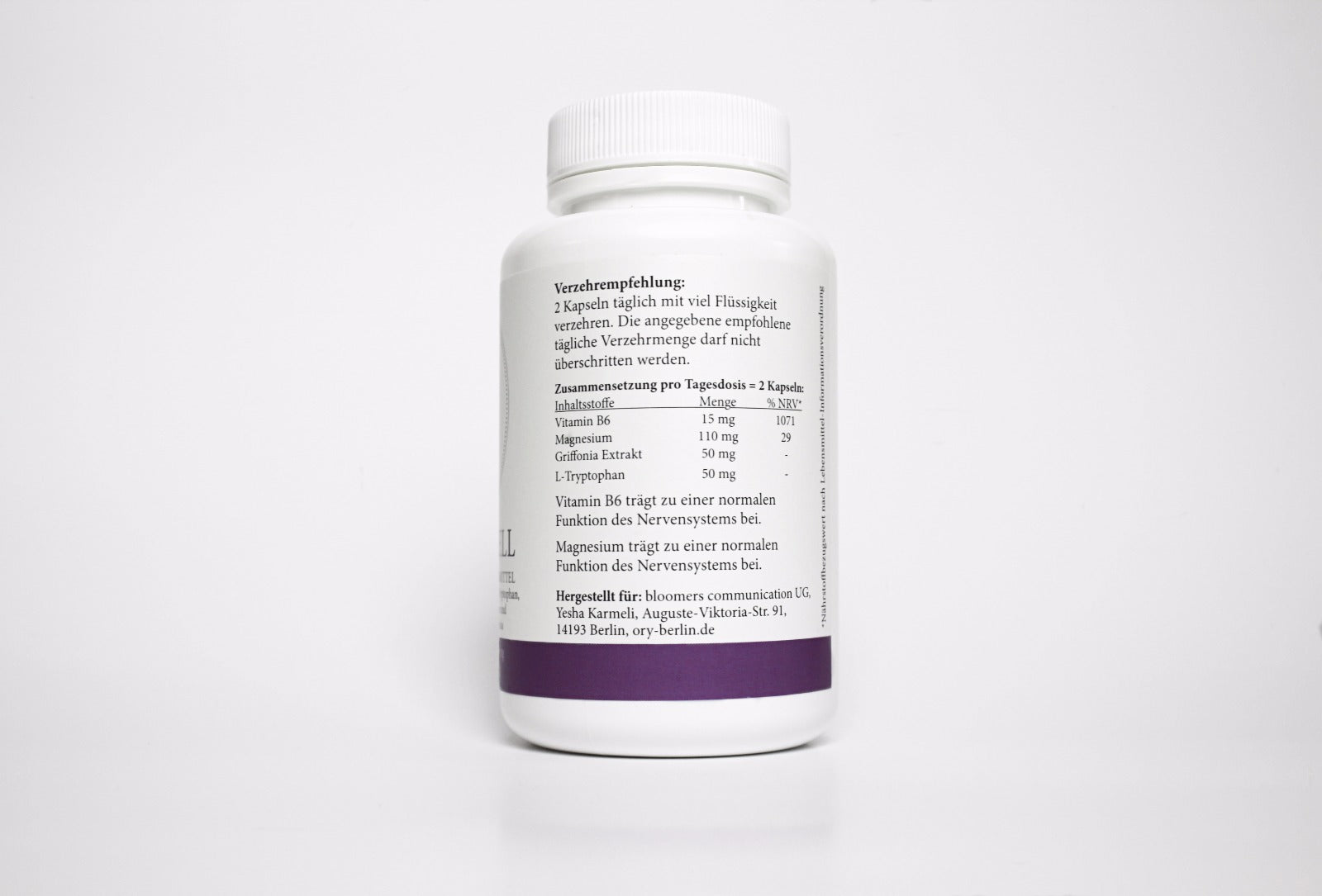
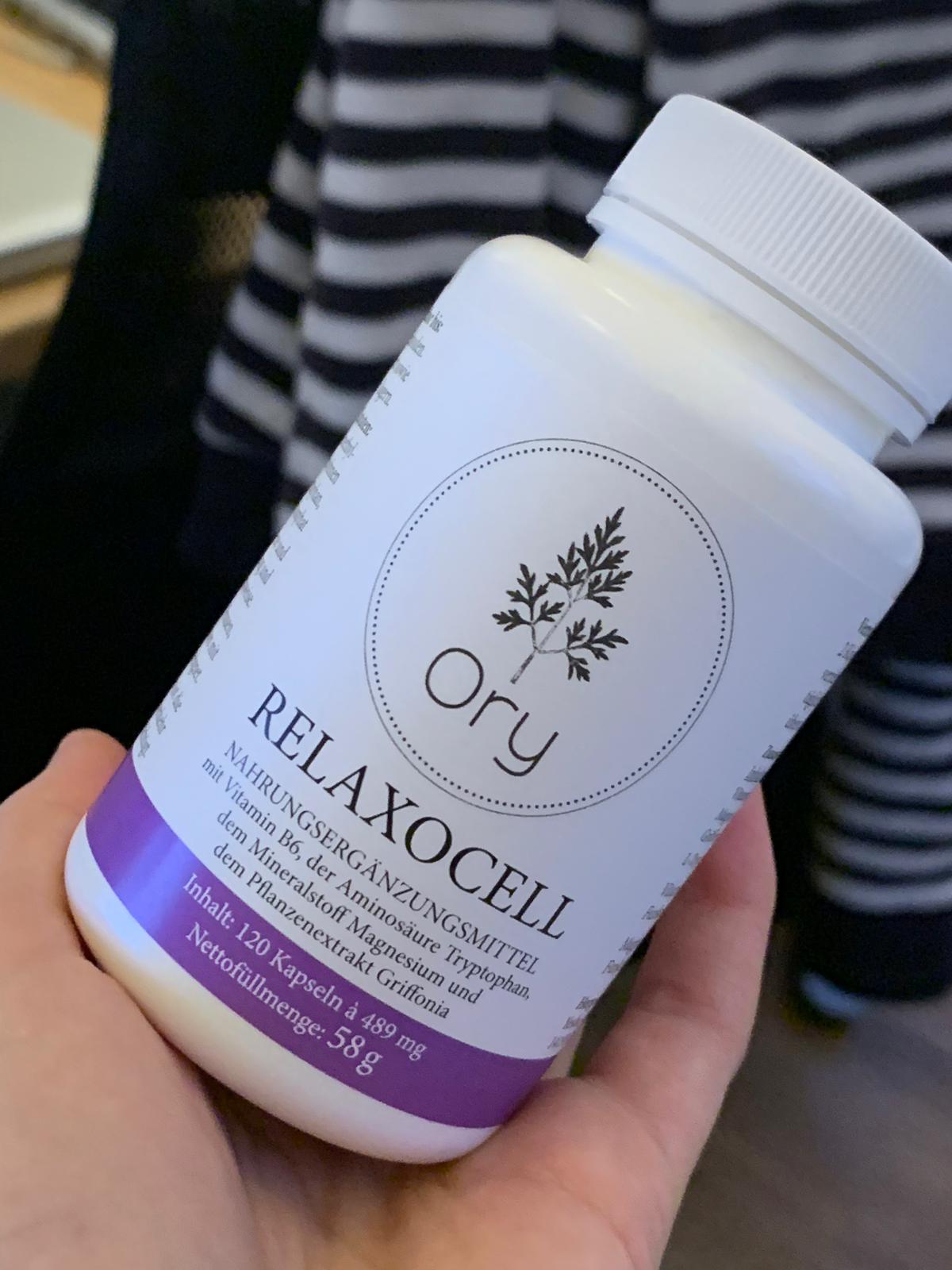








Share:
The importance of tryptophan metabolism: